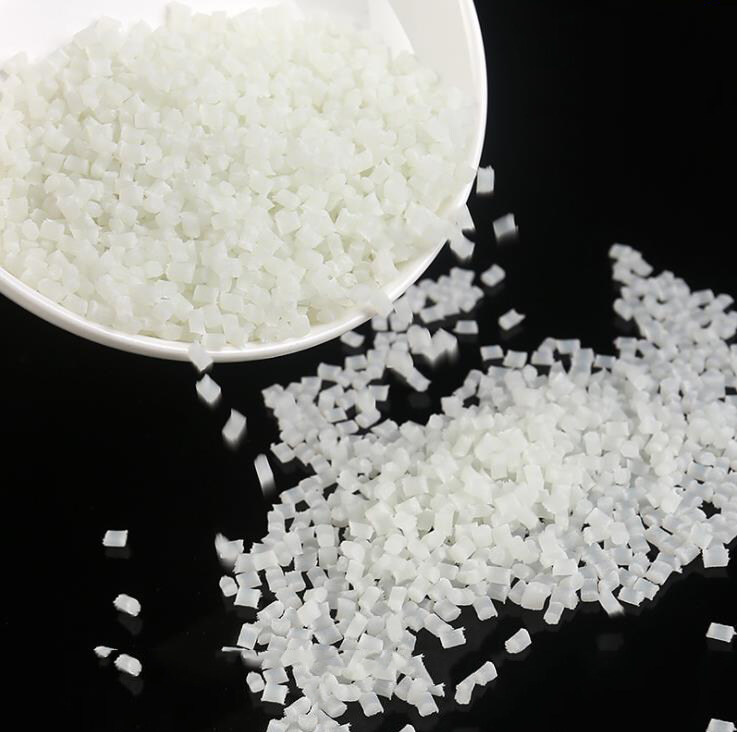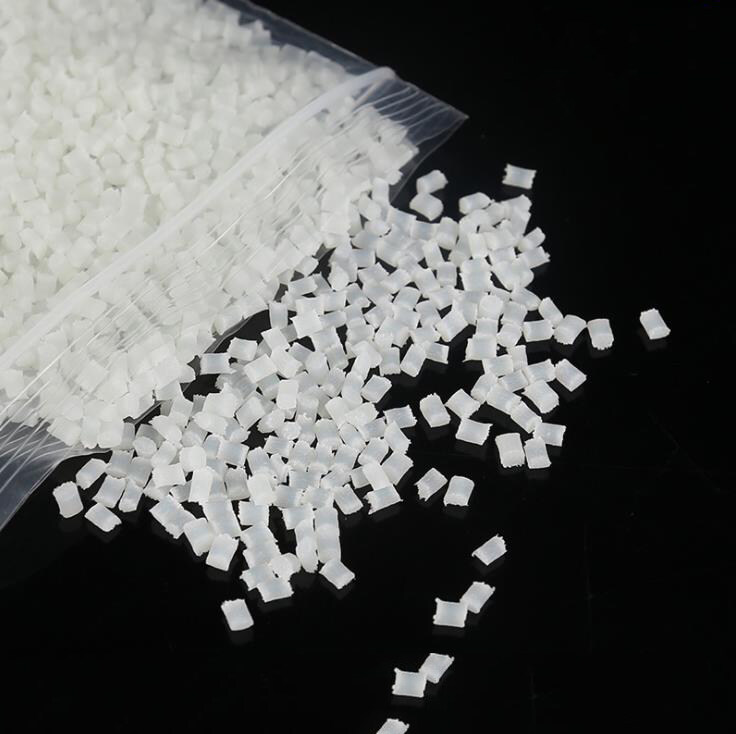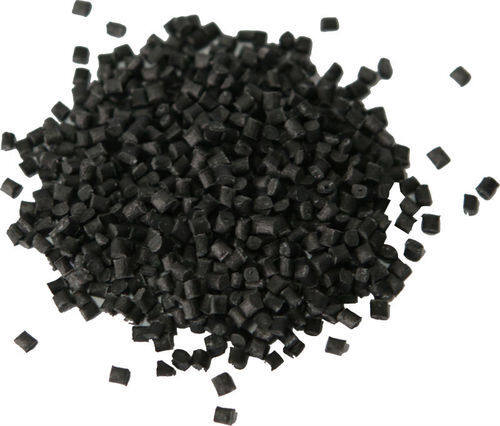Email format error
Email cannot be empty
Email already exists
6-20 characters(letters plus numbers only)
The password is inconsistent
Email format error
Email cannot be empty
Email does not exist
6-20 characters(letters plus numbers only)
The password is inconsistent

Offer Technical Support and Customized Solutions
The company is committed to creating new and improved plastic materials to meet the evolving demands of the market.

What Is the Difference Between Nylon 6 and Nylon 66
Nylon is a versatile and widely used synthetic polymer that finds applications in various industries. Two common types of nylon are Nylon 6 and Nylon 66. In this blog post, we will delve into the differences between these two materials, exploring their properties, applications, and manufacturing processes.
I. Overview of Nylon 6 and Nylon 66
A. Nylon 6
Nylon 6, also known as polyamide 6 or PA6, is a thermoplastic polymer made from the polymerization of caprolactam. It is a semi-crystalline material with a relatively low melting point, making it easy to process. Nylon 6 exhibits excellent toughness, abrasion resistance, and chemical resistance, making it suitable for a wide range of applications.
B. Nylon 66
Nylon 66, also known as polyamide 66 or PA66, is another type of thermoplastic polymer. It is produced by the condensation polymerization of adipic acid and hexamethylenediamine. Nylon 66 has a higher melting point and better mechanical properties compared to Nylon 6. It offers enhanced strength, stiffness, and heat resistance, making it suitable for demanding applications.
II. Properties and Characteristics
A. Physical Properties
Melting Point: Nylon 6 has a lower melting point of around 220-230°C, while Nylon 66 has a higher melting point of approximately 250-265°C.
Crystallinity: Nylon 6 has a lower degree of crystallinity, resulting in a more transparent appearance, whereas Nylon 66 has a higher degree of crystallinity, giving it a more opaque appearance.
Moisture Absorption: Nylon 6 has higher moisture absorption properties compared to Nylon 66, which can affect dimensional stability and mechanical properties.
B. Mechanical Properties
Strength and Stiffness: Nylon 66 exhibits higher tensile strength and stiffness than Nylon 6, making it suitable for applications requiring structural integrity.
Impact Resistance: Nylon 6 offers better impact resistance due to its higher elongation at break, making it suitable for applications that require flexibility and shock absorption.
III. Applications
A. Nylon 6 Applications
Textiles: Nylon 6 is commonly used in the textile industry for producing fabrics, including apparel, sportswear, and upholstery.
Automotive: Nylon 6 finds applications in automotive components such as engine covers, fuel tanks, and air intake manifolds due to its excellent chemical resistance and lightweight properties.
B. Nylon 66 Applications
Engineering Plastics: Nylon 66 is widely used in engineering applications such as gears, bearings, electrical connectors, and structural components due to its superior mechanical properties.
Electrical and Electronics: Nylon 66 is suitable for electrical and electronic applications, including cable ties, connectors, and insulating materials, due to its excellent heat resistance and electrical properties.
Conclusion:
In summary, Nylon 6 and Nylon 66 are two distinct types of nylon with different properties and applications. Nylon 6 offers good toughness and chemical resistance, while Nylon 66 provides superior strength, stiffness, and heat resistance. Understanding these differences is crucial in selecting the appropriate material for specific applications. Whether you require flexibility, impact resistance, or structural integrity, both Nylon 6 and Nylon 66 offer unique advantages to meet your needs.

